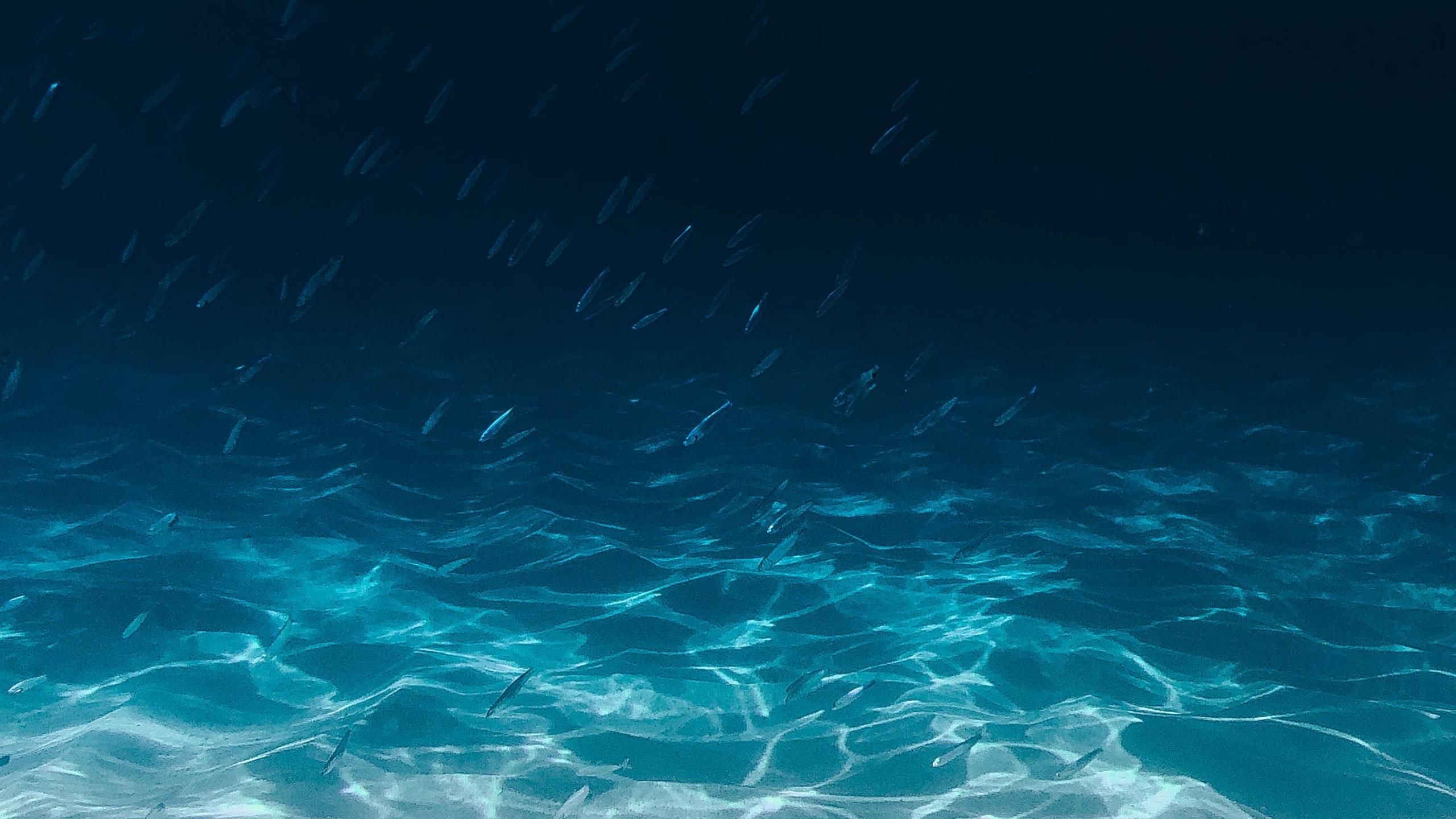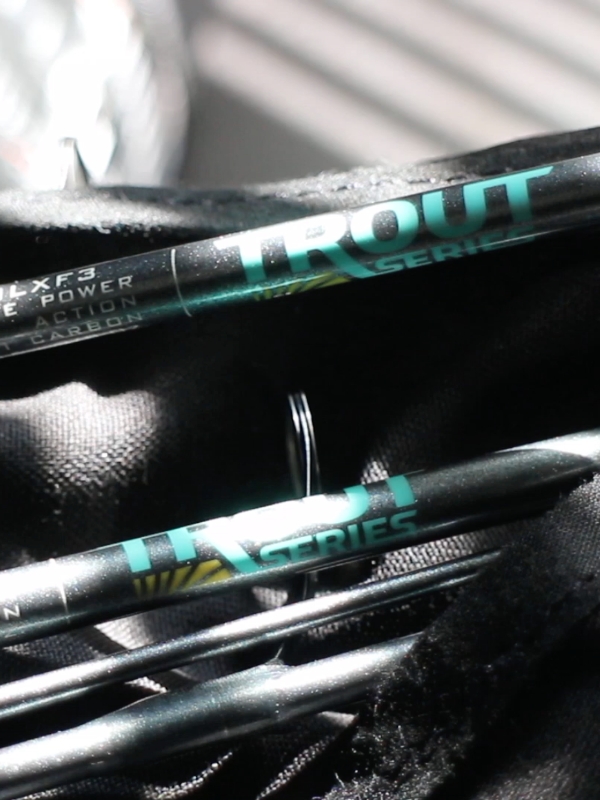Be the angler with the edge. Get weekly California fish plant data right to your inbox
San Pablo Reservoir, situated amidst the undulating hills of the East Bay, beckons anglers seeking a peaceful retreat and the prospect of reeling in prized fish. Although not officially part of the San Francisco Bay Area, this reservoir offers a serene escape, making the short drive from the city worthwhile. In this detailed guide, we delve into the types of fish awaiting patient anglers, provide local insights to enhance your fishing experience, showcase unique features, and offer strategic recommendations for an optimal angling adventure.
Latest Fish Plants
Fish here often?
How To Read Fish Plant Graphs
To interpret fish plant graphs effectively, consider the following key elements:
- Blue Vertical Bars and Numbers:
- Representation: The blue vertical bars on the graph represent individual fish plants.
- Weight Measurement: The associated numbers indicate the total weight of the plants in pounds (lbs.) that occurred during a specific week.
- Significance: Monitoring these bars helps identify weeks with higher planting activity, aiding anglers in selecting optimal times for fishing near recent plantings.
- Orange Trend Line:
- Purpose: The orange trend line represents the moving average of all fish plant activities at the specified location.
- Indicator of Activity: A rising trend line suggests a consistent increase in planting activity over the designated period. This indicates the potential for more catch opportunities and signifies a growing fish population over the weeks.
- Interpreting the Moving Average:
- Upward Trend: A rising moving average implies an upward trajectory in planting activity, indicating an increasing number of fish being introduced into the area. This suggests a positive outlook for anglers, as it implies a larger and potentially more accessible fish population.
- Downward Trend (Not Specified): The description does not provide information on the interpretation of a decreasing trend in the moving average. It might be beneficial to include information on what a decreasing trend could signify in terms of fishing prospects.
- No Data Present:
- Possible Explanations: If no data is visible on the graph, it may indicate that the location had no fish plants in the last three months. Alternatively, the absence of data could be due to non-disclosure of fish plants for that location.
- Natural Population: Some fishing areas in California rely on the natural growth of fish populations, and graphs may not show plants if this is the case.
- Graph Disclaimer:
- Data Source: The graphs reflect a combination of publicly disclosed data and estimates. Some locations may disclose fish plants without specifying exact amounts.
- Not Universal: Not all fishing areas have fish plants, and the natural growth of fish populations plays a significant role in many California fishing locations.
Understanding these elements will empower anglers to make informed decisions about when and where to fish based on historical fish plant data.
Note: If no data is present in the graph above, this location may not have had any plants the last 3 months, or may not have publicly disclosed plants. Graphs reflect both publicly disclosed data and estimates, as some locations disclose plants, but not exact amount.
Map & Fishing Location
(click to zoom in)
Rainbow Trout: The Stars of San Pablo Reservoir
- Regular Stocking: Rainbow trout take center stage, regularly stocked and abundant year-round, with the best catches occurring in spring and fall. Employ bait fishing, trolling, or fly fishing for optimal results.
Channel Catfish: Bottom-Dwelling Giants
- Fun Fights Await: Channel catfish, bottom-dwellers that can grow quite large, offer an enjoyable fight. Utilize cut bait, nightcrawlers, or stink bait for the best chances of success.
Crappie: Schooling Wonders
- Warm Weather Bounty: Black crappie and white crappie, schooling fish, can be caught in good numbers, especially during warmer months. Jigs, minnows, and small crankbaits prove effective.
Largemouth Bass: Cunning Predators in the Depths
- Submerged Structures: Largemouth bass, while not as plentiful as trout, can be found near submerged structures like trees and rocks. Experiment with lures, spinnerbaits, or live bait for these cunning predators.
Bonus Catches: Carp, Sunfish, and Sturgeon
- Diverse Offerings: Keep an eye out for bonus catches, including carp, sunfish, and occasionally even sturgeon (regulations apply).
Local Insights: Enhancing Your Fishing Experience
- Boat or Bank Bonanza: Fishing is permitted from boats (electric motors only) or from the shoreline, allowing you to choose your preferred style and explore different areas.
- Seasonal Swaps: Fish behavior changes with the seasons, so target trout in cooler months and shift to catfish and crappie during warmer periods.
- Early Bird Gets the Worm (or Trout): Mornings and evenings are prime feeding times, especially for trout.
- Stock Up & Chill: The reservoir’s visitor center with a bait shop and fishing licenses available makes it convenient for a relaxing fishing trip.
Unique Features: Serenity and Wildlife
- Scenic Escape: San Pablo Reservoir offers stunning views of the surrounding hills, creating a peaceful retreat from the city bustle.
- Wildlife Watching: Keep an eye out for bald eagles, osprey, deer, and other wildlife that call this area home.
- Family-Friendly Fun: The park surrounding the reservoir provides picnic areas, hiking trails, and even a swimming beach, making it an ideal spot for a day out with the family.
Best Fishing Spots: Navigating the Waters
- South End: Known for deeper water, the south end is a popular spot for boat fishing, especially for trout and catfish.
- East Shore: Rocky shorelines and submerged trees provide excellent cover for bass and crappie, ideal for bank fishing or exploring by kayak.
- Floating Docks: These docks offer easy access for bank fishing and can attract a variety of species, including sunfish and the occasional sturgeon.
- Hidden Coves: Explore the smaller coves and inlets, especially during warmer months, for a chance at secluded fishing spots and potentially bigger catfish or bass.
A Perfect Harmony of Fishing and Nature
Respect the environment, adhere to fishing regulations, and dispose of your fishing waste responsibly. San Pablo Reservoir unfolds a unique blend of fishing opportunities and natural beauty, providing a perfect setting to cast your line, unwind, and perhaps reel in a trophy catch.






